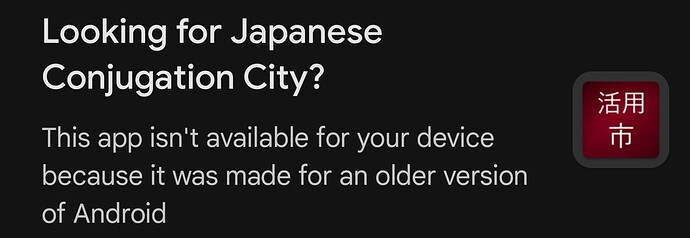する should be touched on in most lessons that involve some sort of conjugation of a verb, but I do notice it doesn’t seem to be mentioned in the structure for some of them. It doesn’t really make sense to give する individual lessons for each type of conjugation it can get since there’d just be too many, but I don’t mind writing out a list here to show all the different ways it gets conjugated. I’ll put them in categories where they share common patterns.
For the most part, する can be seen behaving very similarly to how ichidan verbs conjugate. The only difference is that す gets changed to し:
Past: する → した (見る → 見た)
Negative: する → しない (見る → 見ない)
Negative past: する → しなかった (見る → 見なかった)
Volitional: する → しよう (見る → 見よう)
て form: する → して (見る → 見て)
Conditional (たら): する → したら (見る → 見たら)
Imperative: する → しろ (見る → 見ろ)
Want: する → したい (見る → 見たい)
ます form: する → します (見る → 見ます)
There’s conjugations where the す is changed the same way the る is:
Passive: する → される (見る → 見られる) – notice how す changes to ~あ just like る does
Causative: する → させる (見る → 見させる)
Causative-passive: する → させられる (見る → 見させられる)
There’s then conjugations where する follows exactly how ichidan verbs conjugate:
Conditional (ば): する → すれば (見る → 見れば)
Then there’s potential, which is quite different but is fairly easy to remember:
する → できる (ex: 勉強する → 勉強できる)
Hopefully that somewhat helps!



 .
.